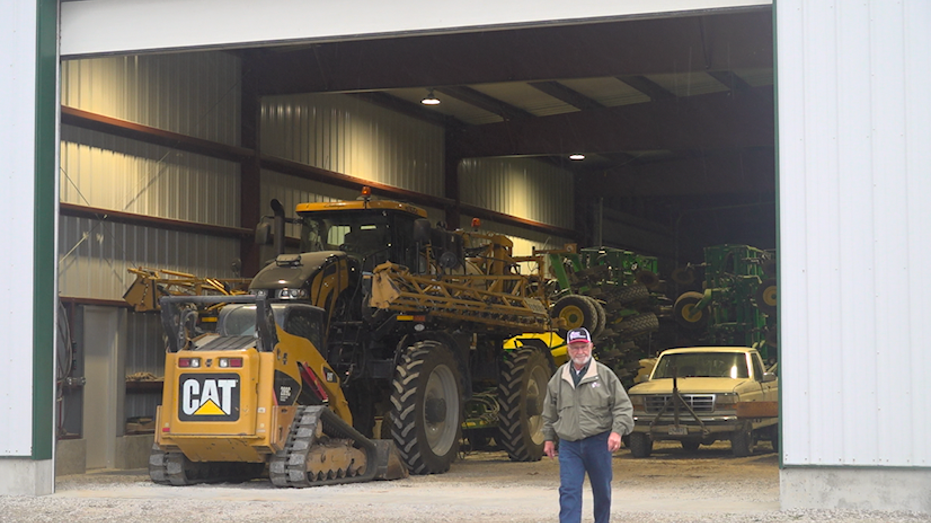Farmers face struggle through continued Mississippi River drought, Core continues to dredge
Extreme drought and a warm fall has left water levels in the Mississippi River low, proving problematic for farmers relying on the river to get crops to market
Mississippi River Drought
Dredges are still working 24/7 to maintain water levels for supply transport.
ROCKWOOD, Ill. – Extreme drought and a warm fall have left water levels in the Mississippi River low, and that's a problem for farmers who rely on the river to get their crops to market.
Around 60% of America’s grain exports travel down the river to the Gulf Coast, according to the USDA.
The United States Army Corps of Engineers says they are working 24-7 to dredge the river and bring water levels back to normal.
The Mississippi River is a key transit corridor for a wide variety of commodities, such as soybeans, corn, and wheat.
The total damage and economic loss caused by the Mississippi River’s historically low water levels and related supply chain impact are estimated to be around $20 billion, according to AccuWeather.

The U.S. Army Corps of Engineers St. Louis District's Dredge Potter, was built in 1932. ((Kennedy Hayes / Fox News))
The Corps says water levels remain low. According to the National Weather Service, drought causing low water levels is predicted to continue into next year.
MISSISSIPPI RIVER WATER LEVELS PLUMMET DUE TO DROUGHT, EXPOSING SHIPWRECK
The United States Army Corps of Engineers St. Louis works on the Dredge Potter in the Mississippi River. The Corps says the Dredge Potter is like a big vacuum cleaner that goes down in the river bed, sucks up sediment and then discharges it outside the navigation channel.
"All that sediment is getting discharged up the bank, instead of one solid pile out here," Dredge Potter Master Brian Ragsdale said.
The Army Corps says the ideal river level is 15 feet on their St. Louis gauge and some areas of the river have been hovering well below in the last few months despite their continued efforts to dredge out the sediment.

Grain travels inside barges on the Mississippi River. ((Kennedy Hayes / Fox News))
LOW WATER LEVELS ON MISSISSIPPI RIVER EXPECTED TO CAUSE BARGE TRAFFIC
Lou Dell'Orco is the St. Louis District Corps of Engineers Chief of Operations.
"For better or worse we are in this to win it. So as long as we are able to dredge and support traffic on the Mississippi River, we are going to stay out here 24-7 and do it," Dell'Orco said.
Grain workers say barges can only hold half as much as they used to. Nick Morietta manages Gateway FS Grain Facility in Evansville, Illinois.
"Normally a max draft, if the river was even a bit higher, we’d be able to put 80 trucks or 80 thousand bushels onto a barge," Morietta said.
Farmers in the Midwest add they are concerned they aren’t seeing improvement heading into January, a big grain delivery month.

Richard Guebert Jr., of Ellis Grove, was the 15th president of the Illinois Farm Bureau. ((Kennedy Hayes / Fox News))
GET FOX BUSINESS ON THE GO BY CLICKING HERE
Rich Guebert's farm is about 50 miles south of St. Louis. Guebert said the lack of rain and dry climate is impacting his crops and profits.
"If we can not deliver the grain, we don't get paid, paid for the bushels because we can't deliver and, therefore, we can't pay down our operating notes and other commitments that we have made," Guebert said.
As of November 28, 2023, 30.28% of the U.S. and Puerto Rico and 36.05% of the lower 48 states are in drought, according to the U.S. Drought Monitor.





















